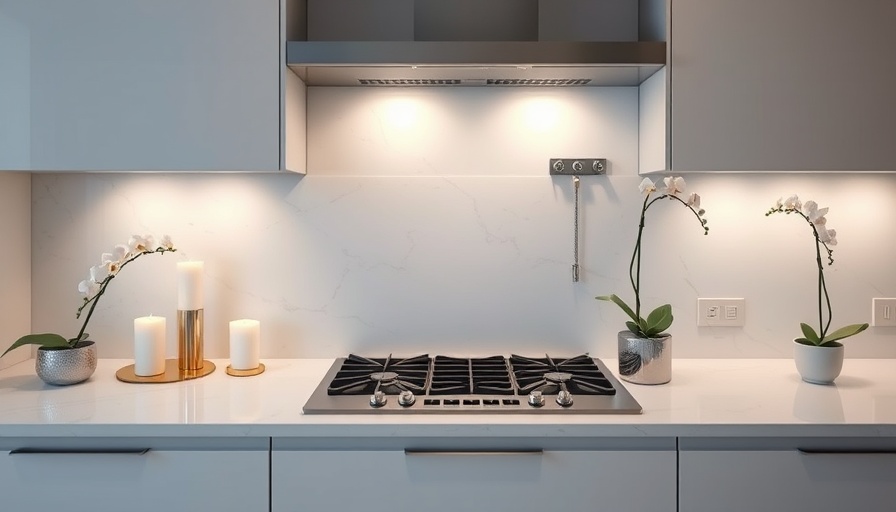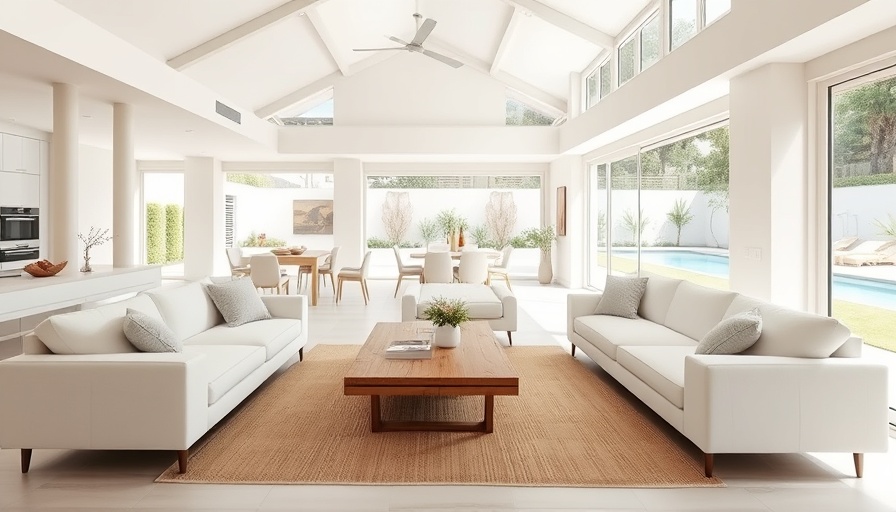
Understanding Rising Utility Costs in Retirement
As retirees settle into a fixed income, managing expenses becomes crucial. Many notice that utility bills rise steadily over time, often much faster than other costs. Understanding these increases can help you take proactive steps to mitigate them. Rising costs are influenced by various factors, including inflation, infrastructure improvements, and changes in energy prices. Recognizing these elements allows retirees to anticipate and prepare for their impacts.
Practical Steps to Enhance Energy Efficiency
Implementing energy efficiency tactics can be a game-changer for managing utility bills. Start small: make it a habit to turn off lights every time you leave a room and unplug chargers from outlets when not in use. Switching to energy-efficient LED bulbs can also lead to significant savings over time. You might also consider weatherproofing your home; adding draft stoppers and sealing windows reduces heating and cooling costs. This can significantly impact your monthly budget while fostering a warmer, cozier living space.
Smart Heating and Cooling Strategies for Comfort
Heating and cooling systems can account for a large portion of utility bills. Instead of increasing the thermostat during colder months, consider layering clothes or snuggling under a warm throw while watching television. In the warmer months, embrace the cool evenings by ventilating your home. Open windows at night and let the fresh air in, closing them in the morning to trap that cooler air indoors. These simple adjustments reduce the reliance on HVAC systems, translating to lower energy costs.
Water Saving Initiatives: Easy Adjustments to Lower Bills
Water bills can also take a bite out of your budget, but there are straightforward ways to control usage. Examine your faucets for leaks; a dripping tap wastes more water than you might think. Taking shorter showers can contribute to significant savings, as can installing low-flow showerheads. These adjustments make it easier to save water without sacrificing comfort. By mixing practicality with simple changes, retirees can enjoy a comfortable lifestyle while reducing their utility bills.
Leveraging Discounts and Energy Rebates for Retirees
Don’t underestimate the benefits available through utility providers. Many companies offer discounts specifically for seniors or rebates that can alleviate some of the financial pressure. Conduct research to understand what programs exist in your area; applying for assistance and rebates can drastically lower your monthly bills. Staying informed about what programs your local utility offers can unlock hidden savings that significantly enhance your retirement budget.
Maintaining Comfort Without Overspending
Managing rising utility costs doesn’t mean forfeiting comfort. By implementing these actionable insights, retirees can create a sanctuary that remains warm in winter and cool in summer without stressing their finances. Thoughtful choices around energy consumption and water usage will lead to a more manageable budget, ensuring that retirees can enjoy their golden years without financial strain.
Inspiring Changes for a Sustainable Future
As we navigate the complexities of retirement living, embracing energy-efficient practices and water-saving measures not only benefits individual finances but also contributes positively to the environment. Small changes can lead to beneficial trends—both personally and globally. Committing to sustainability in life assures that future generations will also have access to comfortable living spaces.
So take a moment to assess your utilities, initiate those small changes, and enjoy the comfort of a well-managed home.
 Add Row
Add Row  Add
Add 




Write A Comment